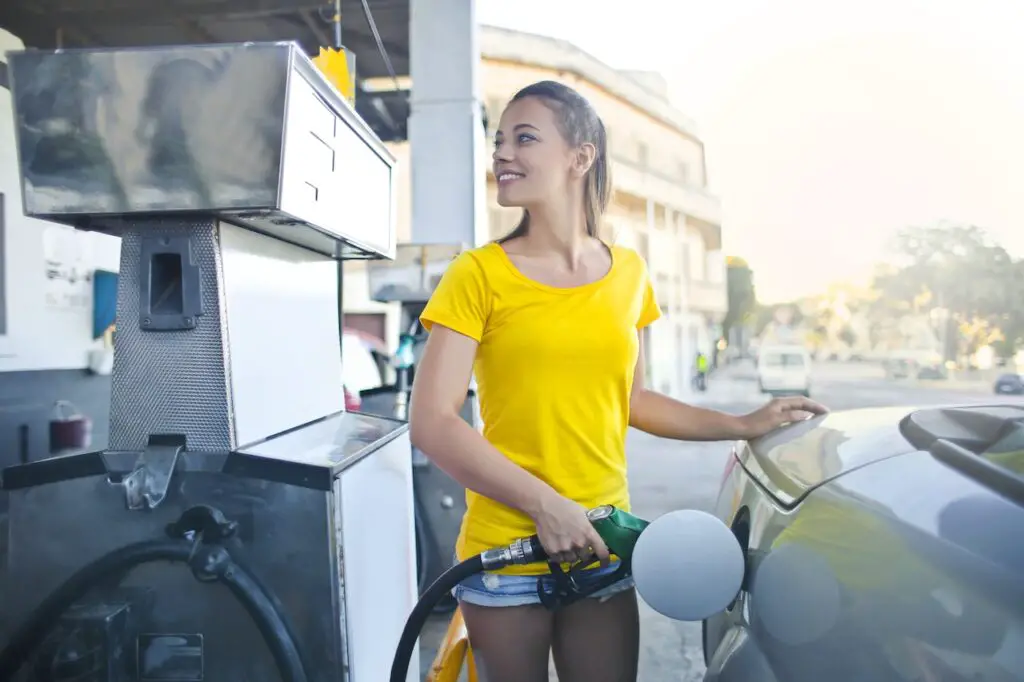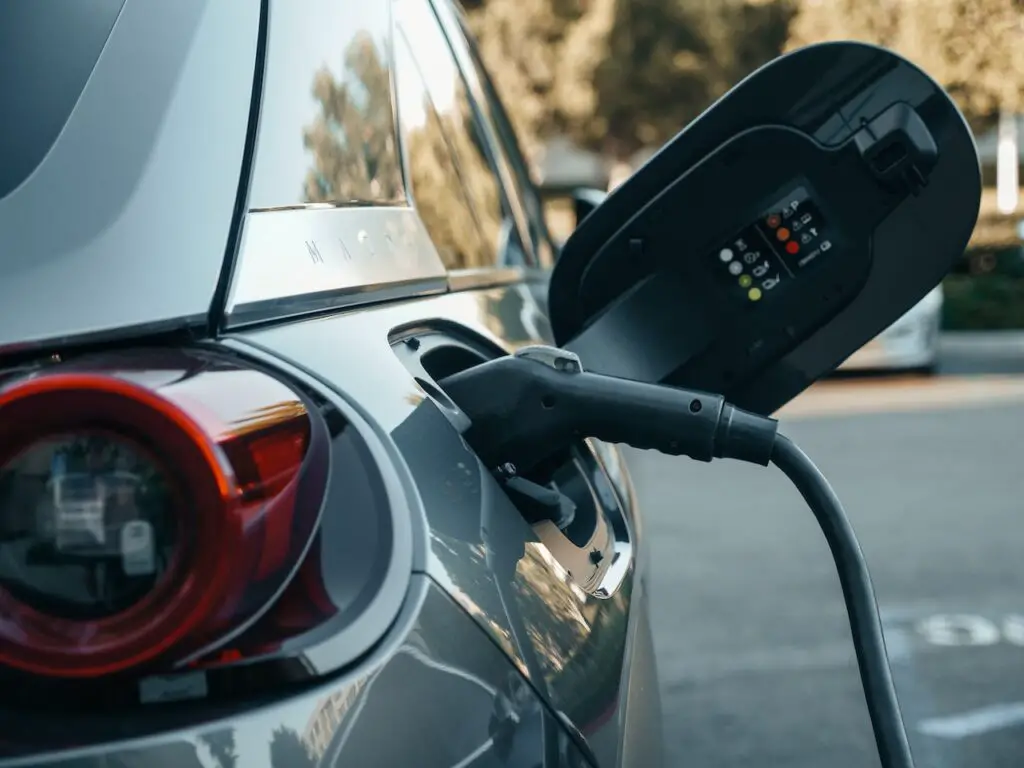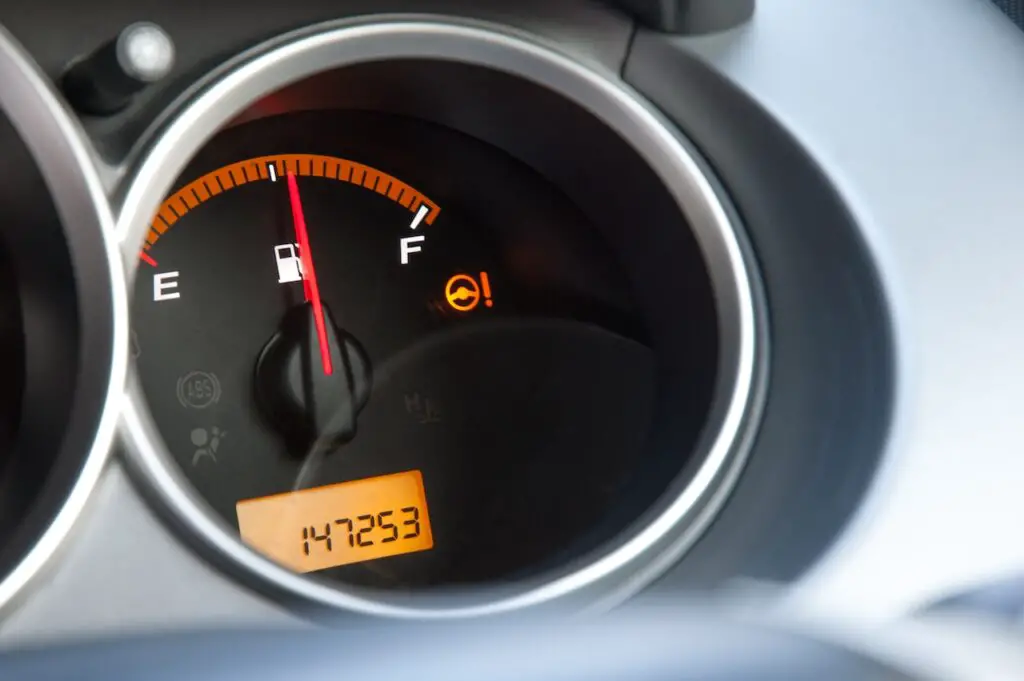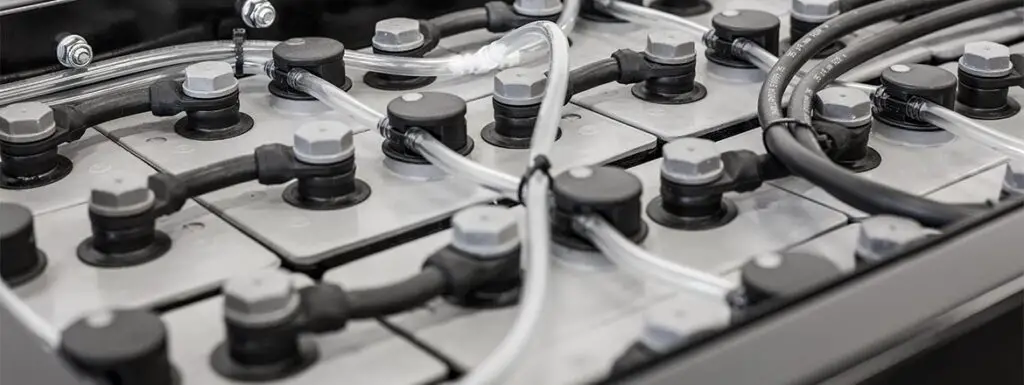Have you ever wondered at what speed hybrid cars switch from battery power to petrol power? As an Eco-conscious driver, knowing this could help you maximize the electric power your hybrid vehicle uses and reduce your fuel consumption even further.
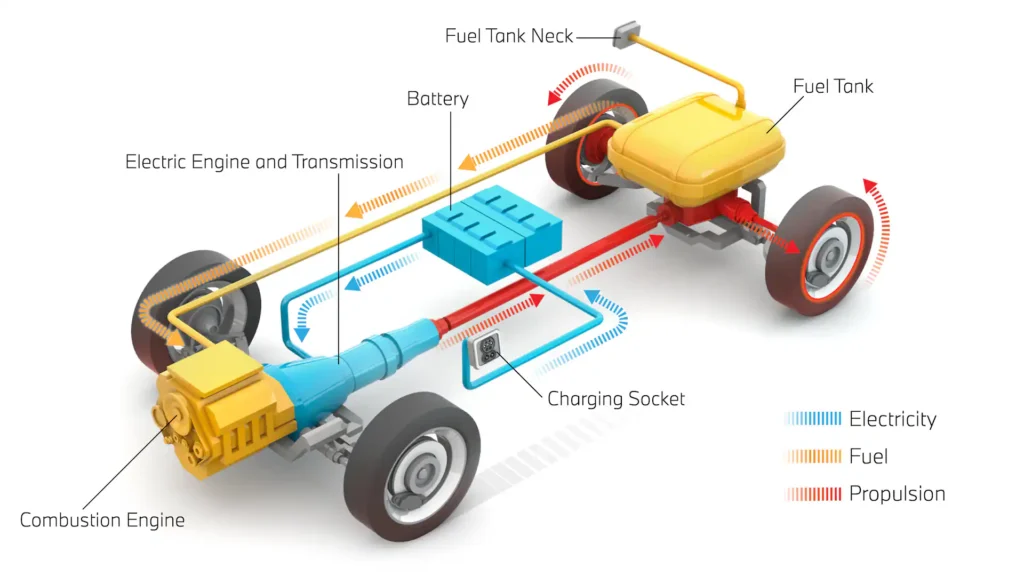
Hybrid cars are designed to switch seamlessly between battery power and petrol power, depending on various factors such as speed, terrain, and driving conditions. Generally, hybrids can operate in all-electric mode at speeds of up to 15-30 miles per hour. However, this range can vary between different hybrid models and their respective power control units that manage the energy distribution.
As you drive your hybrid car, remember that the transition between battery power and petrol power is not always straightforward and depends on multiple factors. The key is to find that sweet spot where your car maximizes its electric motor while minimizing fuel consumption to enhance your driving experience and reduce your carbon footprint.
Hybrid Car Basics
How Hybrid Cars Work
Hybrid cars combine an internal combustion engine (ICE) and an electric motor to provide efficient and Eco-friendly driving. They can operate on electric power for short distances and switch to petrol when needed. There’s no need to plug in, as the petrol engine recharges the battery during the drive source
Types of Hybrid Cars
- Parallel hybrids: Both the ICE and electric motor can power the vehicle independently or together.
- Series hybrids: The electric motor powers the vehicle, with the ICE acting as a generator to recharge the battery.
- Plug-in hybrids (PHEVs): These hybrids can be plugged in to charge their batteries and often have a longer electric-only range compared to traditional hybrids.
Internal Combustion Engine and Electric Motor
The internal combustion engine (ICE) in a hybrid car is usually more efficient and smaller than those found in traditional gasoline cars. It works together with the electric motor to optimize fuel efficiency in various driving conditions.
The electric motor in a hybrid car provides instant torque and assists the ICE in accelerating, which can lead to better performance and fewer emissions. The electric motor can also act as a generator during deceleration to capture energy and recharge the battery, a process known as regenerative braking.
There isn’t a specific speed at which hybrid cars switch from battery to petrol power, as it depends on driving conditions and the vehicle’s power control unit source
Battery Capacity and Range
Hybrid cars typically have a battery range of 15-50 miles on electric power alone. When the battery is depleted, they switch to petrol power for extended range and fuel efficiency measured in miles per gallon source. The battery capacity also contributes to the overall performance of the hybrid vehicle, as it dictates how much electric power is available to support the ICE.
Switching from Battery Power to Petrol Power
Factors Affecting the Switch
There are multiple factors that affect when your hybrid car switches between battery power and petrol power, such as speed, terrain, battery usage, and driving conditions. Various hybrid models may behave differently, but generally, the car’s power control unit determines the optimal balance between electric and gasoline energy sources to optimize efficiency and performance 1.
Speed and Efficiency
Hybrid cars typically operate on electric power alone at lower speeds, while the petrol engine takes over at higher speeds, as it’s more efficient in those conditions. SomDiscover the secrets behind the switch to gas power in hybrid cars. Learn about the speed threshold that triggers the transition and the factors that influence ite hybrid models can even go up to 60 mph purely on battery power2 while others may switch as low as 15-30 mph3. It’s important to note that there’s no set speed at which hybrid cars switch from battery to petrol power, as the transition is seamless and strategy varies according to the particular model and situation.
Battery Power and Range
Your hybrid car’s all-electric range largely depends on the battery capacity and efficiency of the electric motors. It’s common for hybrids to provide an all-electric range of up to 30-40 miles4. With regenerative braking, your hybrid recovers energy normally lost during braking and stores it back in the battery, extending its electric range.
Gasoline Engine: Emissions and Efficiency
The gasoline engine in a hybrid car is designed to minimize emissions while maintaining sufficient performance. At higher speeds and demanding driving conditions, the petrol engine takes over, either independently or working in conjunction with the electric motor, to ensure that you achieve the best possible fuel efficiency5.
To maximize your hybrid car’s battery power and optimize overall performance, maintain a conscious driving style, keeping in mind that lower speeds favor electric operation, while high speeds require the gasoline engine. By understanding how your hybrid car adjusts its energy usage, you can drive in a more energy-efficient way and reduce both costs and emissions.
Popular Hybrid Car Models
Toyota Prius
The Toyota Prius is a well-known hybrid car, recognized for its fuel efficiency and reliability. When you drive a Prius, you can expect it to switch from battery power to petrol power around 15 to 30 miles per hour for optimal efficiency. Remember, the slower you drive, the less petrol you’ll use.
Lexus Hybrid
Lexus offers a variety of hybrid models, combining luxury with eco-friendly features. These hybrids typically use their electric motors for low-speed driving, while the petrol engine kicks in at higher speeds. Lexus hybrids can vary in their speed threshold for switching from battery to petrol power, so be sure to refer to your specific model for precise figures.
Chevy Volt
The Chevy Volt is unique among hybrid cars due to its extended-range electric capabilities. You can drive your Volt using only its electric motor for about 53 miles before the petrol engine takes over to generate electricity. This transition occurs seamlessly, so you’ll barely notice when it actually switches from battery power to petrol power.
While driving any of these popular hybrid car models, remember that their ability to switch between battery and petrol power helps improve fuel economy and reduce emissions. Always refer to your owner’s manual for specific information on your particular model’s capabilities and performance.

